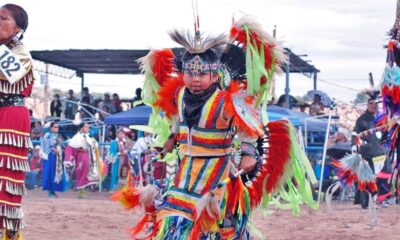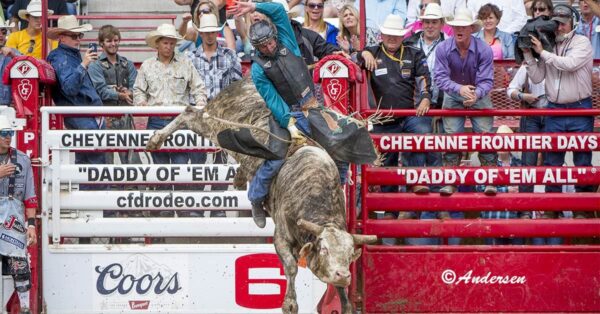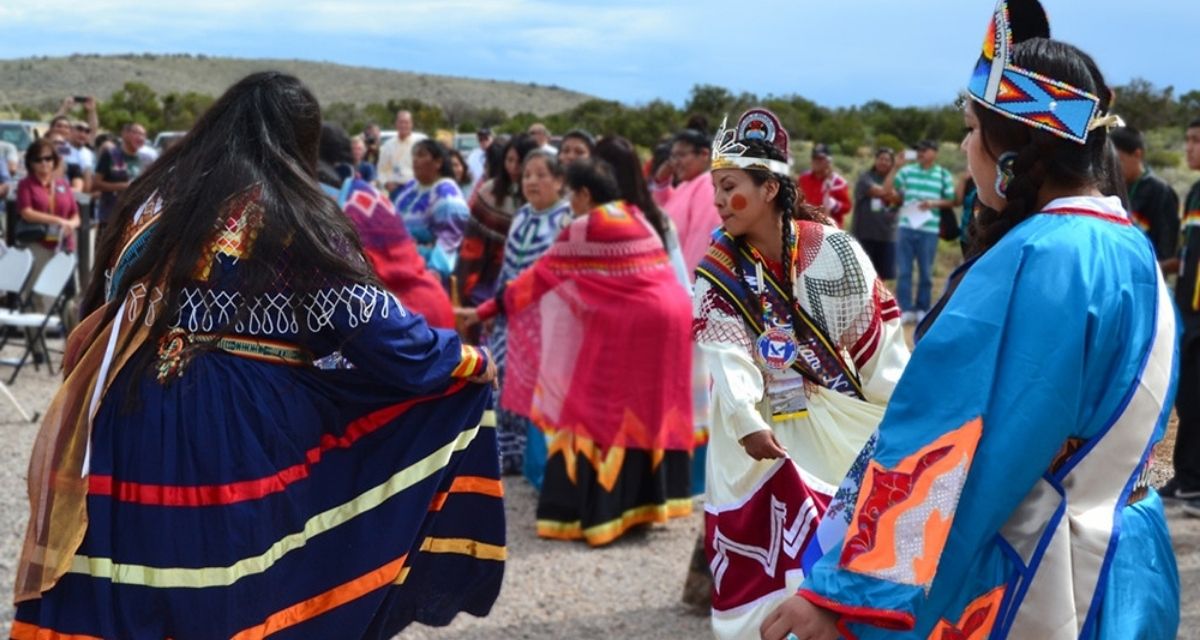
What you Need to Know About the Hualapai Indian Tribe
The Hualapai Tribe is located in northwestern Arizona and covers about one million acres along the Grand Canyon and Colorado River. The reservation currently spreads through three northern Arizona counties: Coconino, Yavapai, and Mohave, the reservation’s topography vary from rolling grassland to thick forests, to rugged canyons. Elevations range from 1,500 feet at the Colorado River, to over 7,300 feet at the highest point of the Aubrey Cliffs.“Hualapai” (Wal-lah-pie) translates to “People of the Tall Pines.” The reservation was established in 1883, but the Hualapai have been around much longer than that.
About the Hualapai
According to the 2000 US Census, the population of the Hualapai Reservation is roughly 1,621 most of which are tribal members. The total tribe membership, including members not residing on the reservation, is approximately 2,300. A majority of members who live on the reservation reside in the capital, Peach Springs. Just as many other tribal governments, Hualapai acts as a sovereign Indian nation, meaning, the Tribe is governed by an executive and judicial branch. The executive branch is composed of a nine-member Tribal Council, which includes a chairperson and vice-chairperson. Council members are elected to office by Tribal members and serve 4-year terms. The Council oversees twelve administrative departments. The judicial branch of government consists of a Tribal Court and a Court of Appeals.
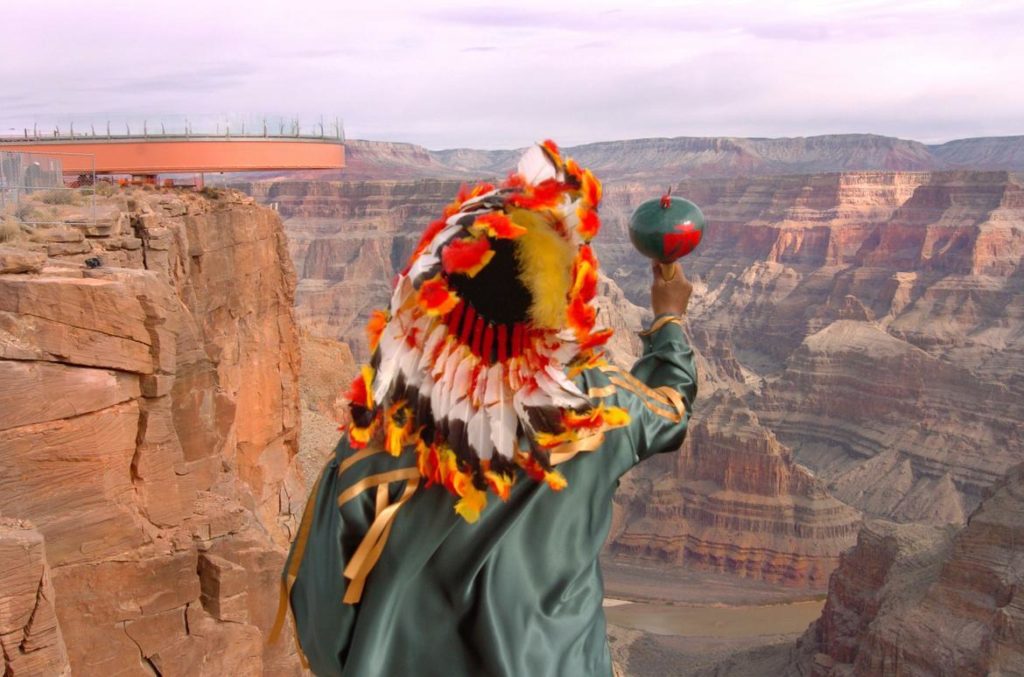
Unlike many other reservations, you won’t find a casino gaming enterprise on the Hualapai Reservation. The majority of employment on the reservation is through the Tribal Administration, public schools, and state/federal government. The main economic activities of the Hualapai tribe are tourism, ranching, & arts and crafts. The area surrounding the Hualapai reservation is a true outdoorsman’s paradise, rich in hunting, fishing, and river rafting opportunities. Another income avenue for the tribe is to sell guided big-game hunting permits for desert bighorn sheep, trophy elk, antelope, and mountain lions. One of the largest tribal enterprises is Grand Canyon West which sits at the west rim of the Grand Canyon. This enterprise offers guests an alternative to the Grand Canyon National Park. Grand Canyon West offers tour packages that can include views from the “Skywalk”, helicopter and boat tours, and other excursions on the reservation.
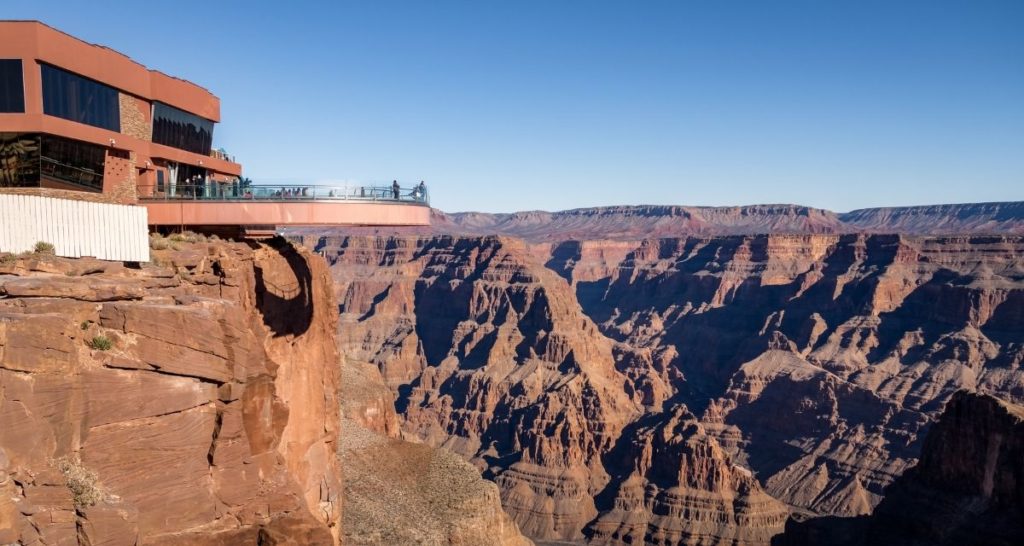
Where to Stay
If you’re looking to experience a true ranch experience, then the Hualapai Ranch is the place for you. They offer trail rides amidst a true western environment. Lodging includes comfortable cabins decorated in Southwestern flair and food being served in true, cowboy fashion. Located right off Route 66, you can take a road trip to the Grand Canyon then make the Hualapai Lodge your end destination. The lodge accommodates guests with spacious rooms, a restaurant, and a salt-water pool to ensure a relaxing stay in the desert with modern-day amenities. The closest communities to Grand Canyon West are Peach Springs, located on the historic Route 66, and the Village of Supai which is not accessible by vehicle or any paved road.
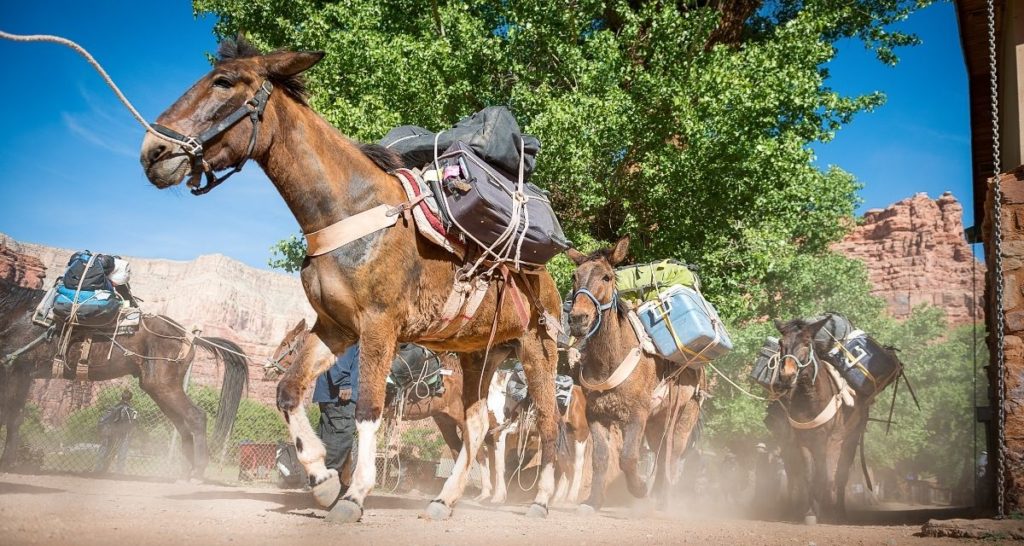
Visiting Tribal Lands
- Please remember, you are a guest. Always be respectful and listen respectfully, especially when elders speak, as it is a hallmark of Native American courtesy.
- English is a second language for many Native Americans, and many tribal elders do not speak English.
- Be respectful of snapping photographs. Taking photos of many public ceremonies is not allowed, check before taking your camera to any public event.
- Most activities on tribal lands require a permit, and many tribes have sacred sites that are off limits to non-tribal members. Please do your due diligence before practicing any recreational activities on tribal land.
- Don’t approach people’s home without being invited.
- Tribes have distinct cultures, don’t assume that because something was okay on one reservation that it is okay on another.
- Please do your research before planning any trips as some parts of the resercation may be closed due to the ongoing pandemic. For updates you can visit hualapai-nsn.gov.
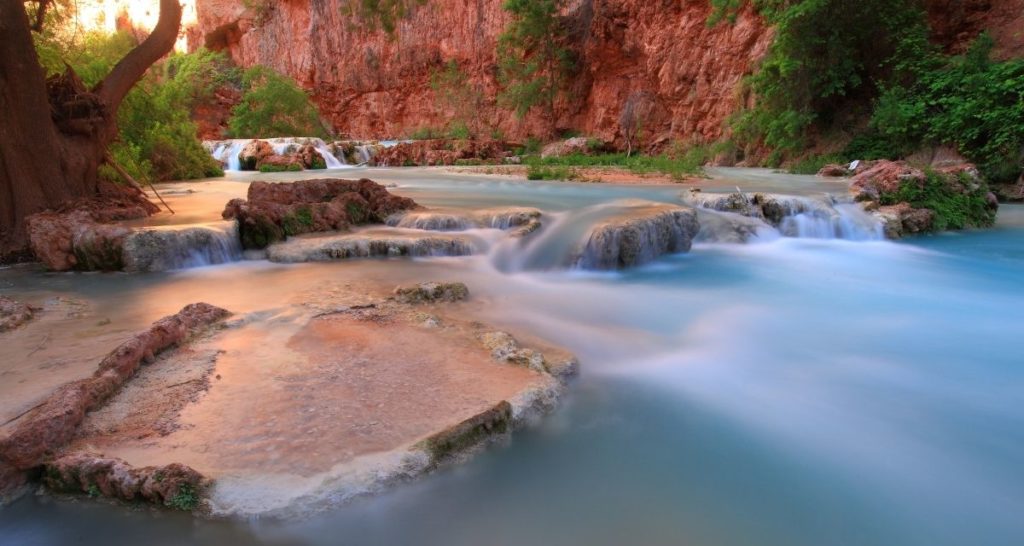
About CKP Insurance
This article is brought to you by CKP Insurance, which proudly insures the Hualapai’s agricultural land. CKP Insurance provides Pasture, Rangeland, Forage Insurance to ranches across the county. PRF was designed to help protect your operation from the risks of forage losses that are produced for grazing or harvested for hay, resulting in increased costs for feed. With CKP Insurance on your side, they will be dedicated to providing you with insight, information, and alternative-risk solutions that are custom-fitted to your business and personal needs. They can tailor a plan for you using specific data in your region and even select options acre by acre. Their expertly trained professionals will walk you through a range of options using risk-assessment tools that will take the pressure off when there is a drought in your area. You can see what they’ve been able to accomplish with the Navajo Nation here.
The CKP Promise
CKP Insurance will…
- conduct a one-on-one personal consultation to go over your specific ranch or farming operation needs.
- provide an honest assessment and discourage you from purchasing unnecessary coverage.
- keep you informed throughout the year as to how the program is performing for you and advise on other opportunities to maximize your cost savings.
Last Updated on 03/12/2025 by Jodi Erpelding
CLN Community Sponsor






